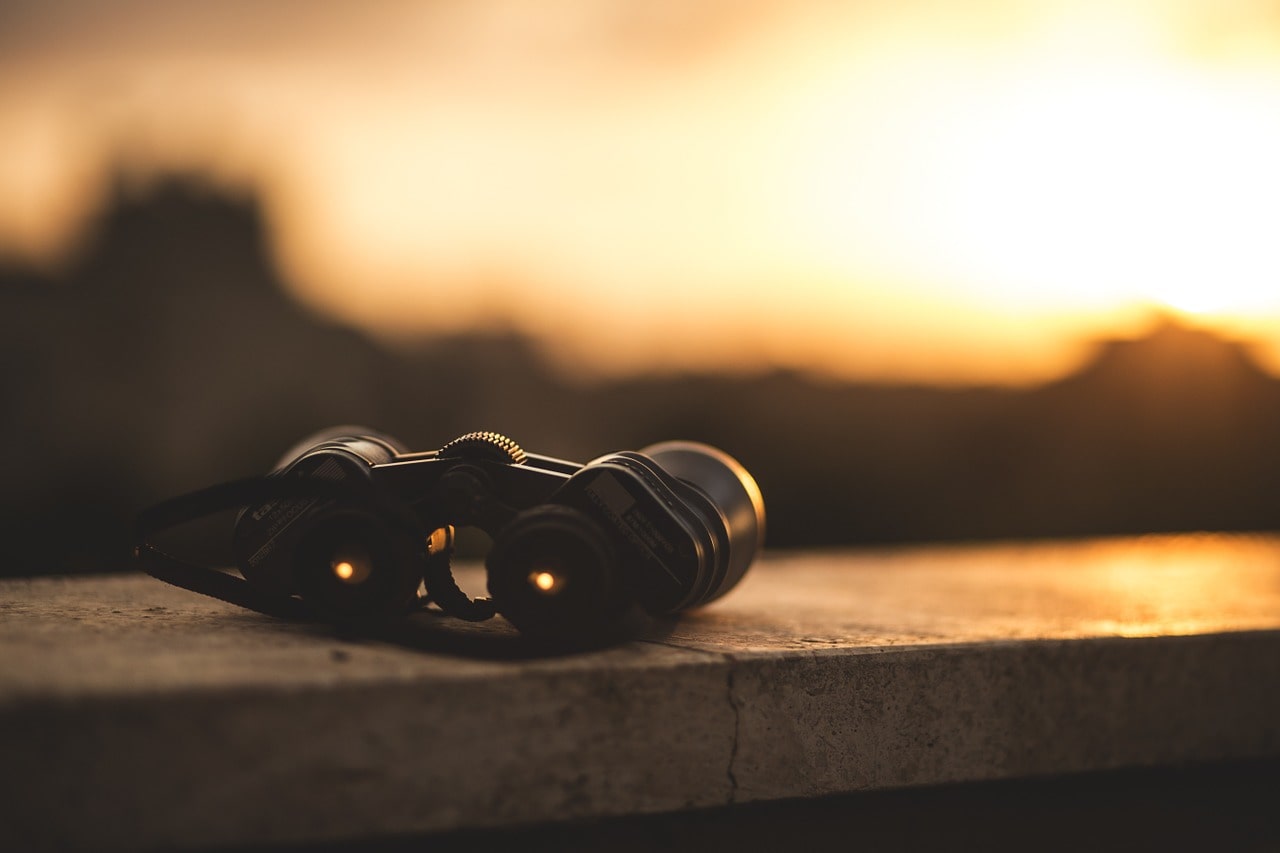Sight is a device thanks to which a distant target approaches our eye, and it is possible to hit it accurately. At its core, a scope is a mini spyglass attached to a weapon. There are several types of scopes: conventional scopes, night vision scopes, and thermal scopes. All of them pursue one task – to accurately hit the target but use different work principles and are used in different conditions. A conventional telescopic sight perfectly brings the target closer, suitable for hunting in the daytime, under favorable weather conditions. Nevertheless, the weather is not always sunny, and most animals are active at night. In these more challenging conditions, it is wise to use a night vision scope. It will do just fine, provided there is at least some reflected light from the moon or stars at night. When hunting on a dark, impenetrable night, you cannot do without a thermal imaging sight. It will be indispensable in difficult weather conditions, such as heavy snowfall, fog, interfering sun glare from the snow. Thus, we have a certain gradation for the reasonable use of scopes.
Night vision rifle scope
The principle of operation of a night vision sight is taken from the operation of the eyes of predatory animals. Even the weakest, barely perceptible light from the Moon, stars, or artificial sources, reflected by objects, hits the sight lens, is captured and amplified, converted into a light picture. As a rule, it is green in color, with different color densities. Our eyes do not strain on different green color variants and get tired less. Night vision scopes only work at night. The bright light can damage sensitive equipment; therefore, if the bright light enters, the protection is triggered. Therefore, night vision scopes will be useful for tracking nocturnal animals during night protection of objects. The night vision sight is lightweight and lightweight, has good accuracy and high reliability, and can work for a long time. Among the shortcomings, we note the high cost of modern models. In absolute darkness, infrared illumination is required. Anything that does not let light through is a hindrance: snow, rain, smoke, fog, bush branches, and tall grass.
Thermal rifle scope
His work is based on the black body principle. All objects with temperatures above absolute zero emit heat waves. The thermal imager remotely detects the temperature of the surfaces of all bodies within its field of view and displays a three-dimensional thermal picture on the monitor. The picture can be color or monochrome, depending on the setting. The thermal imaging sight works equally well both during the day and at night. No conditions that interfere with the operation of the night vision sight will interfere with the thermal imaging sight. It copes well with the task at low and high temperatures. Difficult weather conditions and terrain will also not affect the clarity of the image. From the above, we can conclude that it is advisable to use a thermal imaging sight in difficult weather conditions, in the absence of sufficient light and interference, in the form of dense foliage, stones. If the weather is fine, visibility is excellent, and then there is no need to use an infrared sight. Thermal imaging sights are comparable in accuracy to optical sights and often surpass them in the detection range of thermal targets. The only limitation for mass use is their high cost.
Common rifle scopes
Under favorable conditions of good visibility and illumination, it is advisable to use a conventional telescopic sight. The principle of operation of such a sight does not differ from a conventional telescope. To make a shot, it is enough to align the crosshairs with the enlarged target image. Many examples have LED illumination for better sighting of the reticle at dusk. Advantages: high accuracy, the ability to see the target at a great distance, convenience, simplicity and fast aiming, simple and reliable design. Disadvantages: a small viewing angle, an increase in the weight and dimensions of the weapon, it is afraid of blows, mechanical damage, overlaps the open sight – it is impossible to take a shot at close range. It is with the optical sight that snipers are associated. Moreover, although thermal imaging sights are gradually being replaced by optical sights in special forces today, optics will be used for hunting for a long time.
From all the variety of scopes, it is not possible to choose one. It is wise to have multiple scopes for different shooting conditions. Perhaps a practical option for most hunters is a thermal sight, complete with a modern night sight. A thermal imager is needed to detect and track prey, and a night vision scope with infrared illumination will help to hit the target accurately. A combination of an optical sight with various sights for night hunting or other combination is possible. Each user can find the ideal solution only independently, based on the application’s reliable information and practical experience.
